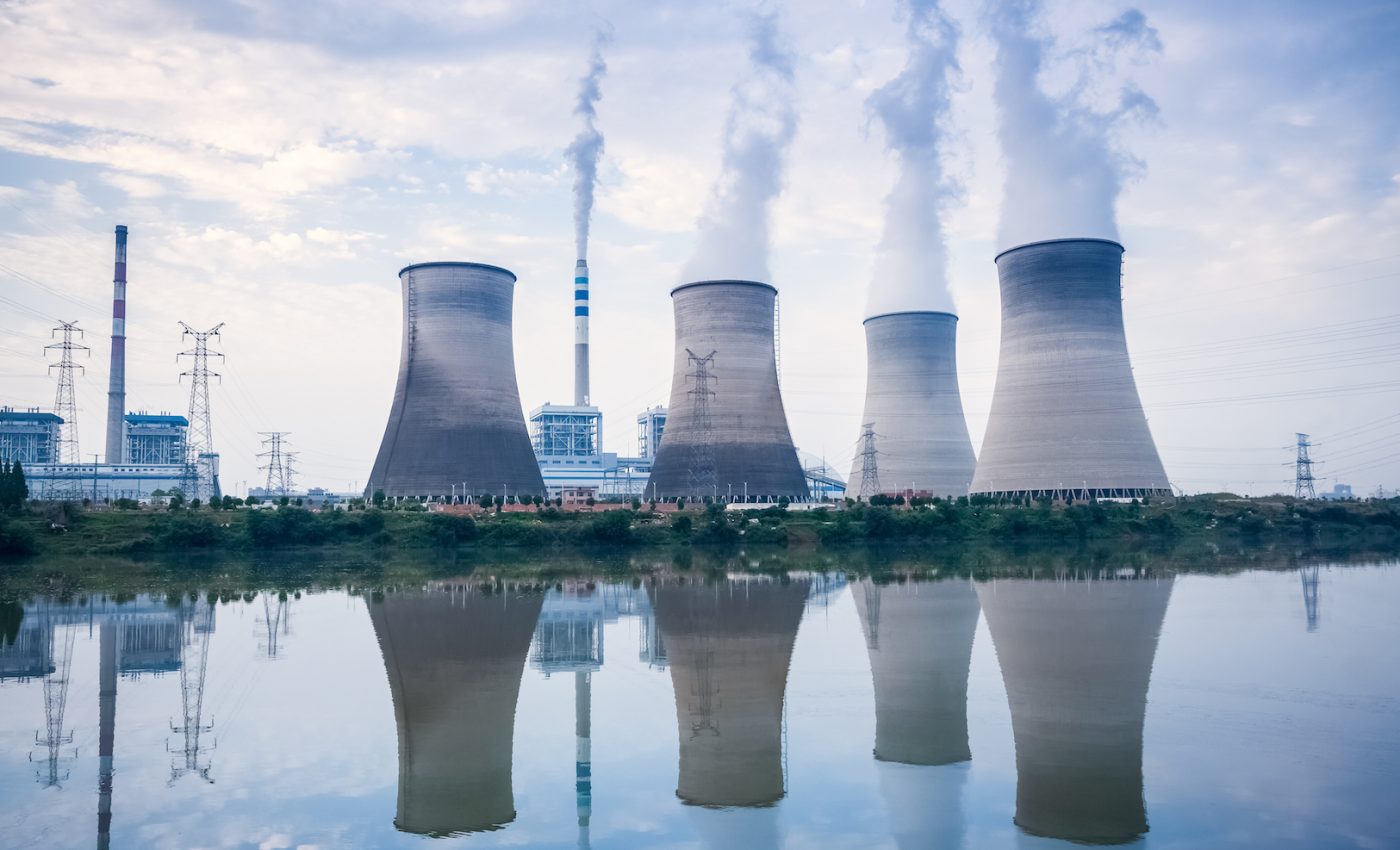
China’s efforts to reduce coal plant emissions have been effective
In a new report from IOP Publishing, an international team of researchers has evaluated China’s success in reducing emissions from coal-fired power plants (CPPs). The experts looked at whether policies designed to cut emissions and protect public health have been effective and measured their benefits.
“Between 2005 and 2015, the coal-fired power generation of CPPs in China grew by more than 97 percent. In 2010, CPPs’ sulphur dioxide, nitrogen oxide and fine particulate matter (PM2.5) emissions accounted for 33 percent, 33 percent and 6 percent of China’s total national emissions, respectively,” explained study lead author Dr. Qiang Zhang of Tsinghua University.
“The large amount of air pollutant emissions from CPPs causes fine particulate air pollution, which contributed 26 percent of the fine particulate nitrate and 22 percent of the fine particulate sulphate ambient concentration in 2012.”
“To combat this, China introduced three primary policies for CPPs during 2005-2020. They aimed to improve efficiency energy by promoting large CPPs and decommissioning small plants during 2005-2020; brought in national emission cap requirements by installing of end-of-pipe control devices during 2005-2015; and introduced ultra-low emission standards between 2014-2020.”
The team set out to measure the effect of these policies by developing two retrospective emission scenarios based on information from a high-resolution coal-fired power plant database for China.
The researchers also developed two emission scenarios to predict changes that may result from the implementation of ultra-low emission standards.
In addition, the experts used a regional air quality model and the integrated exposure-response model to investigate the air quality and health impacts associated with CPP emission changes from 2005 to 2020.
“Our results show that overall, China’s efforts on emission reductions, air quality improvement and human health protection from CPPS between 2005-2020 were effective,” said study co-author Dr. Fei Liu.
“We found that the upgrading of end-pipe control facilities could reduce PM2.5 exposures by 7.9 ug/m3 and avoid 111,900 premature deaths annually. Meanwhile, the early retirement of small and low-efficiency units could reduce PM2.5 exposures by 2.1 ug/m3 and avoid 31,400 annual premature deaths.”
“This suggests similar measures could be taken in countries such as India, to enable the reduction of emissions alongside rapid economic development.”
The study is published in the journal Environmental Research Letters.
—
By Chrissy Sexton, Earth.com Staff Writer
Paid for by Earth.com
Image Credit: Shutterstock/chuyuss













